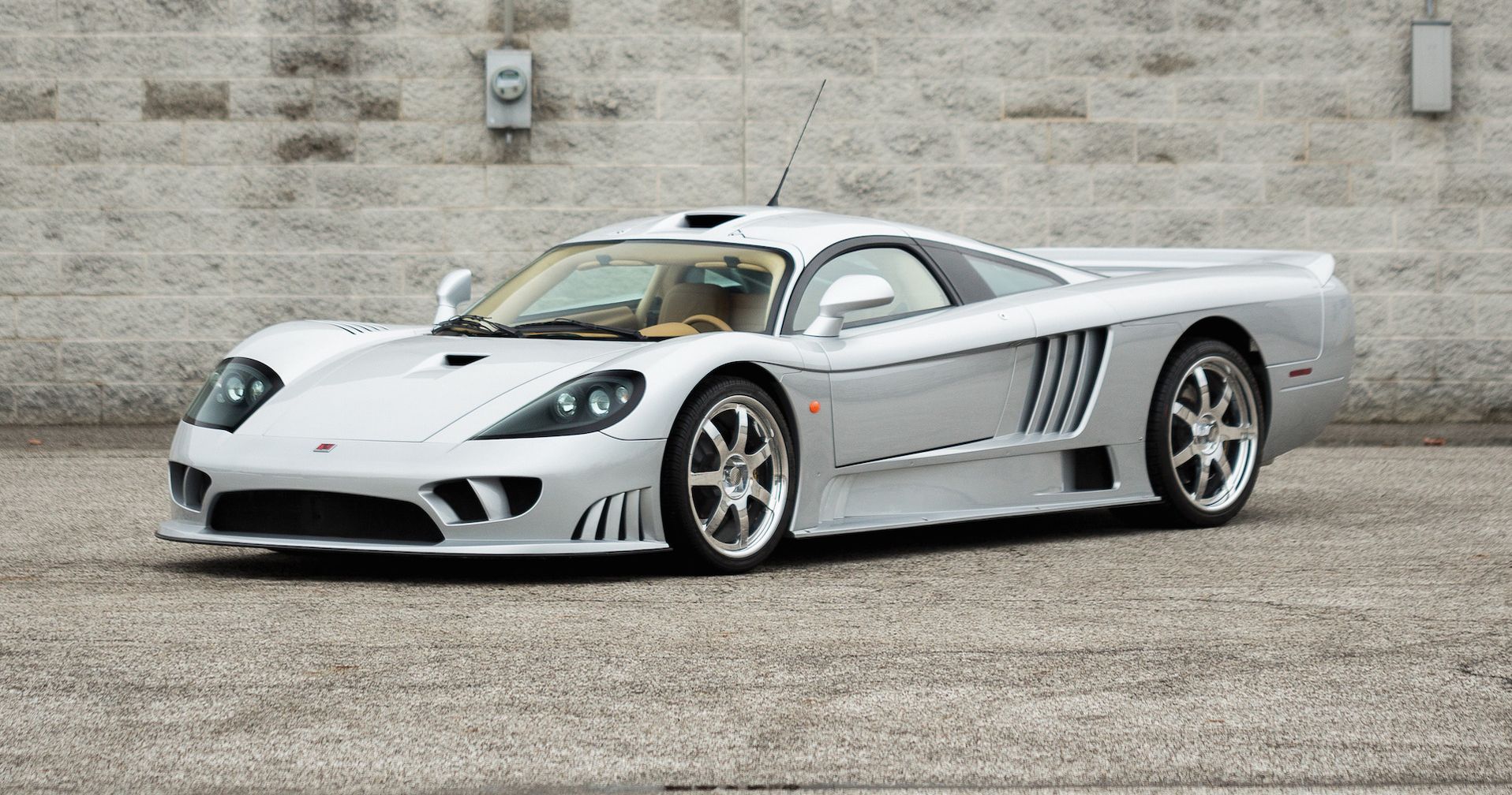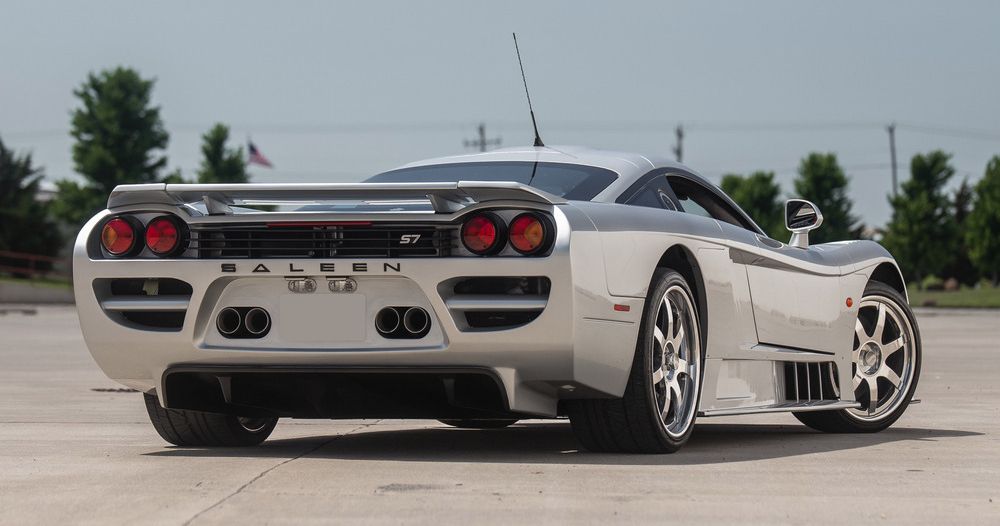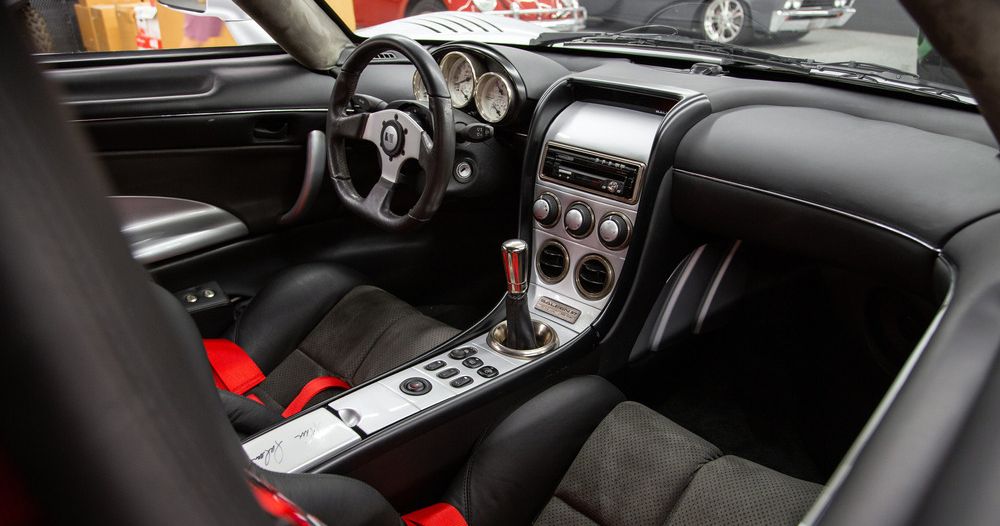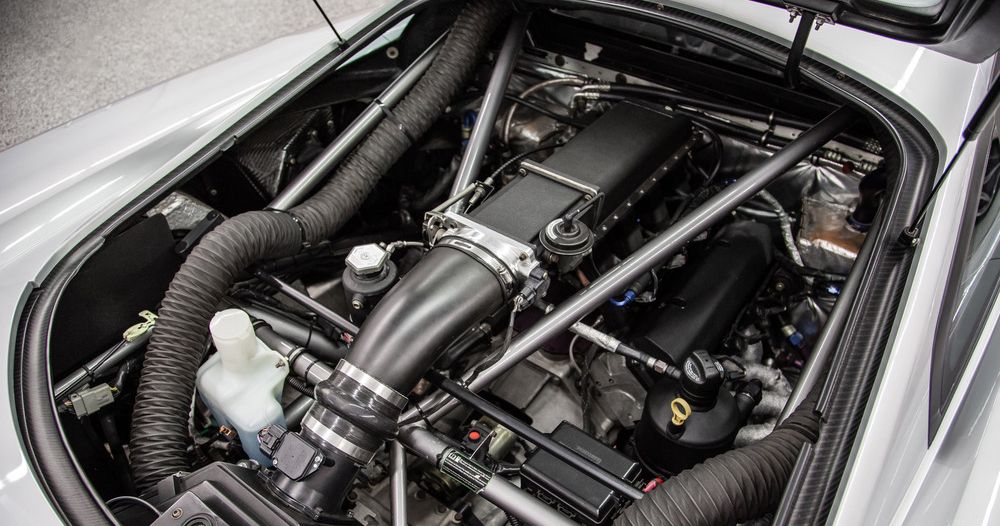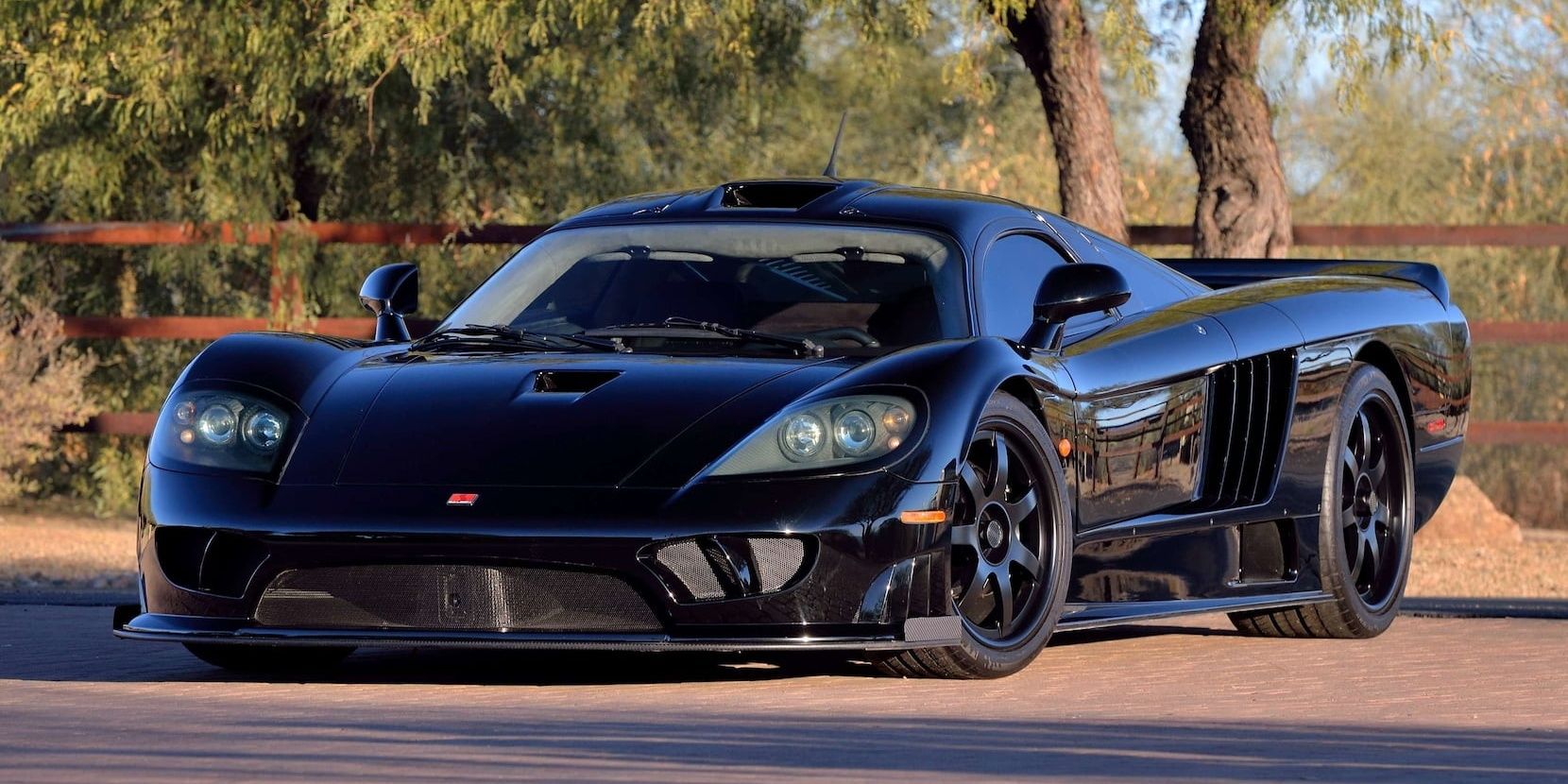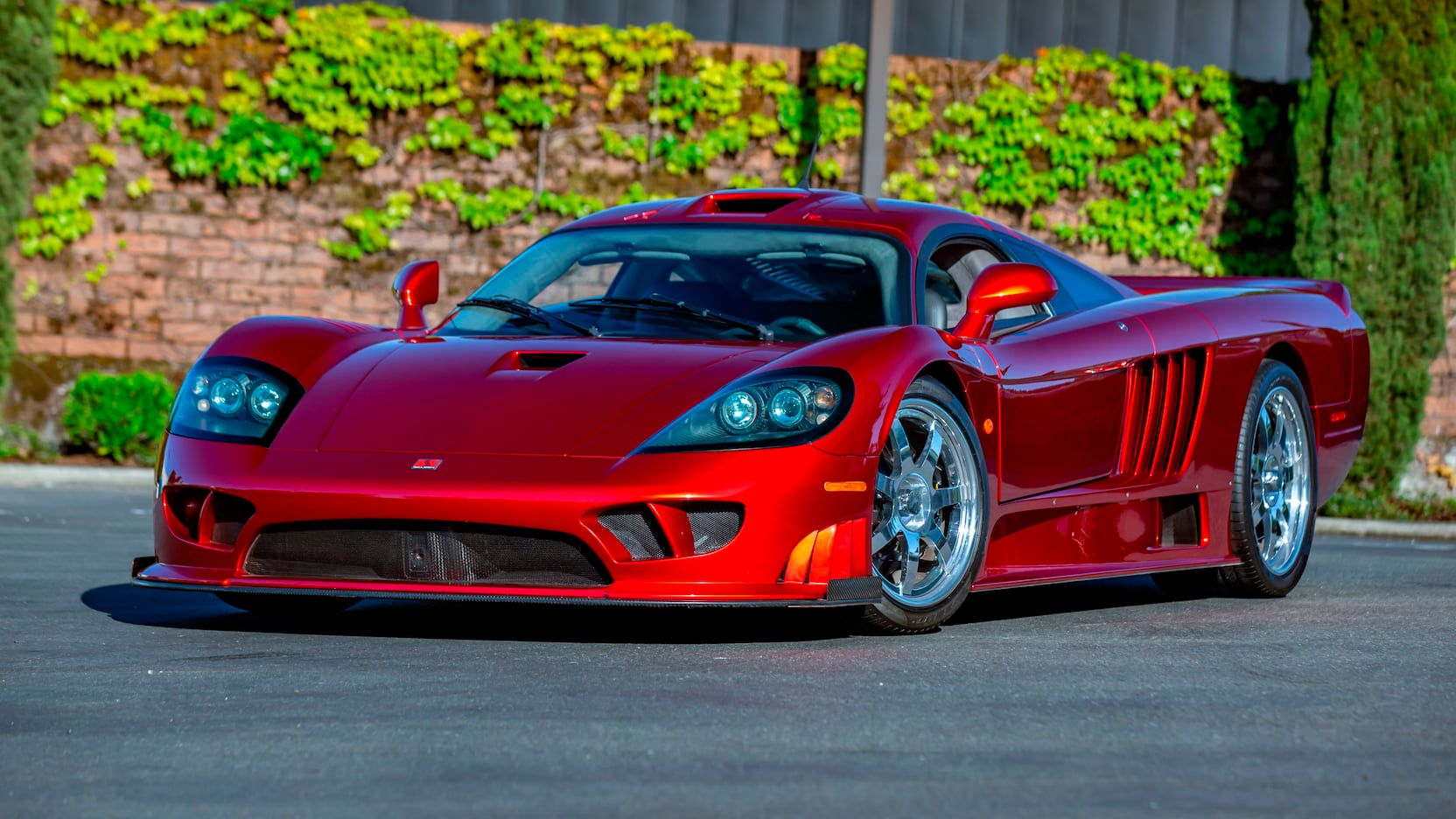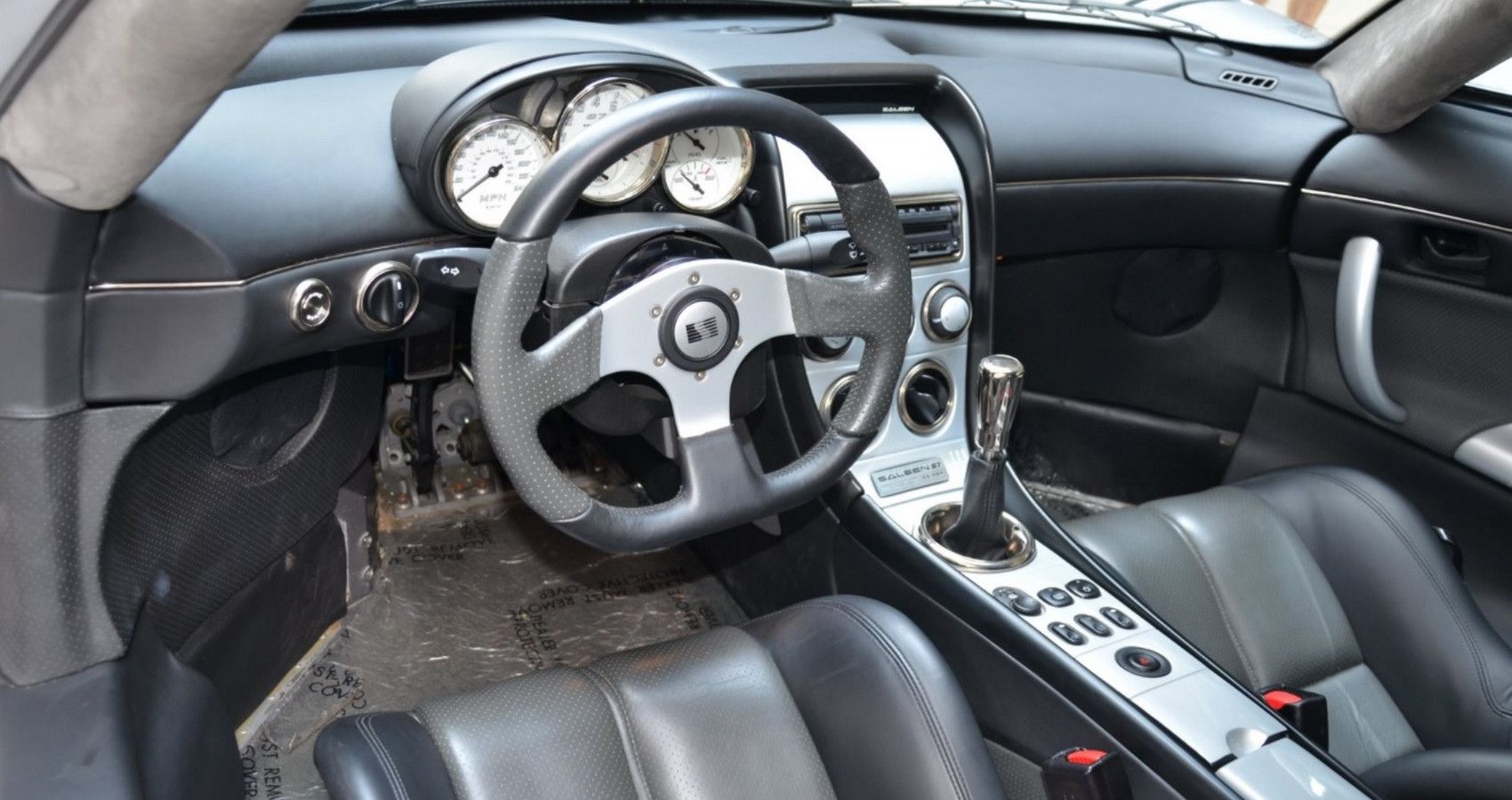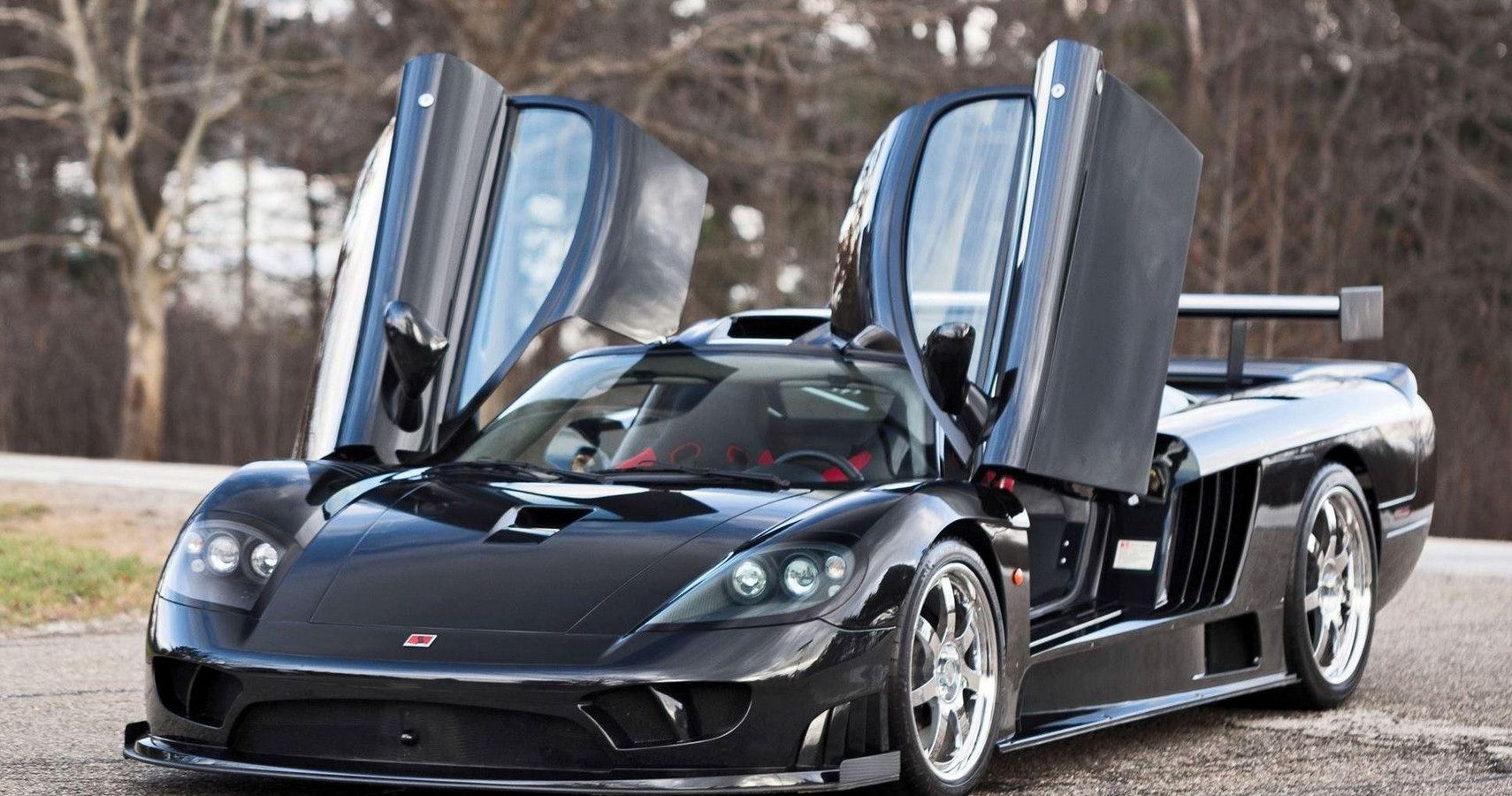Steve Saleen began his hot-rodding career as something like a consultant back in the mid '80s. He took Ford’s legendary Mustang and told them how he could make it better, and then did just that, and the automotive world has been better for it. We have been privy to exciting cars like the S-281, S-351, SR and S302, all of which were essentially modified Mustangs, but special in their own ways. While making a legendary car like the Mustang even better year after year is a wonderful resume, at some point Steve Saleen decided that he had had enough consulting, and wanted to try his hand at building his very own car using the knowledge he had acquired over his years with Ford.
Not content with building a car just to compete in the muscle or sports car arena, Saleen instead eyed the upper echelon of the automotive world, and decided to build a supercar to take on the likes of the Lamborghini Diablo and Mucielago, the Ferrari F50 and even the mighty McLaren F1, as well as anyone else willing to thrown down. After 18 months of intense 3D CAD modeling time working in tandem with designer Phil Frank, what resulted was the Saleen S7, and instantly became one of the fastest and most powerful cars of the 2000s.
Saleen S7
- Generated Its Own Weight In Downforce At 160mph
- Mid-Engine Layout
- Fully Carbon Fiber Body
- Model: S7
- Engine/Motor: 7.0-liter NA V8, 7.0-liter Twin-Turbo V8
- Horsepower: 550-750 horsepower
- Torque: 525-700 pound-feet
- Drivetrain: Mid-Engine, Rear Wheel Drive
- Transmission: Six-Speed Manual
- Purpose Built 427 Cubic Inch V8
- 0-60 MPH In 2.9 Seconds
- 2,756 Curb Weight
- 188-Inch Overall Length
- $375,000 Base Price When New
- Cramped Footwells
Born In The USA
Produced entirely in the USA, Saleen began with a race-bred chassis comprised of lightweight steel and an aluminum honeycomb composite, making it extremely strong yet extremely lightweight. Speaking of light and strong, the theme continued with the body itself, which Saleen had made completely out of carbon fiber, which allowed the S7 to weigh in at just 2,950-pounds. With more than 60 functional gills channeling air over, around, and under the car, the aerodynamic design was so effective it was able to generate the car’s bodyweight in downforce above 160 mph, theoretically allowing it to drive upside down.
Power To Spare
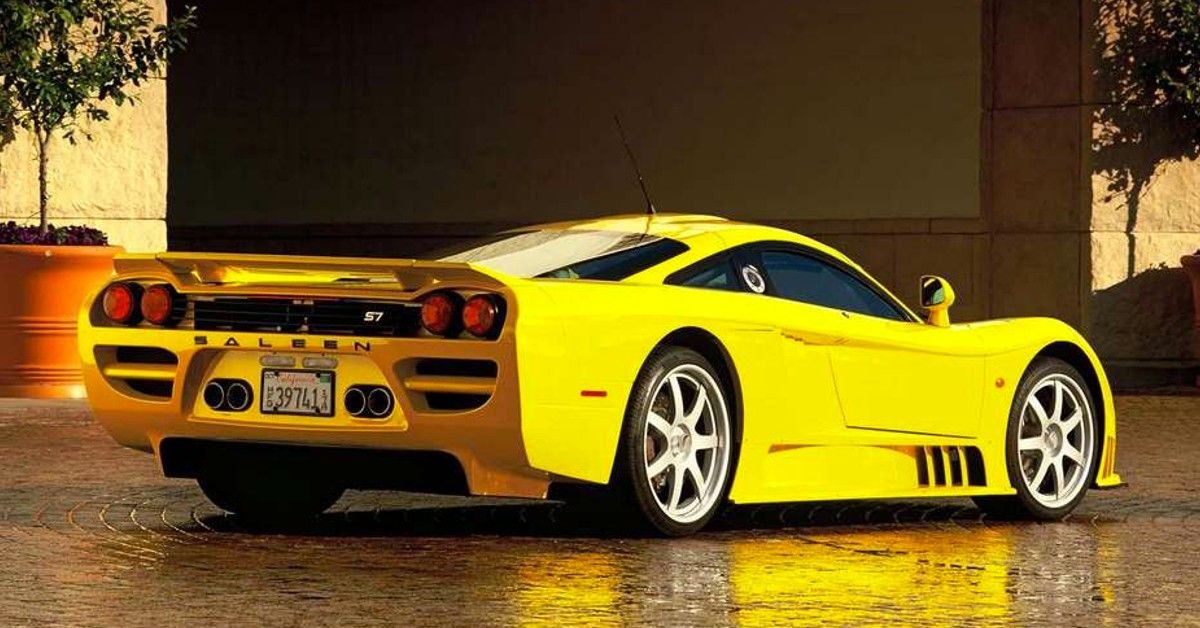
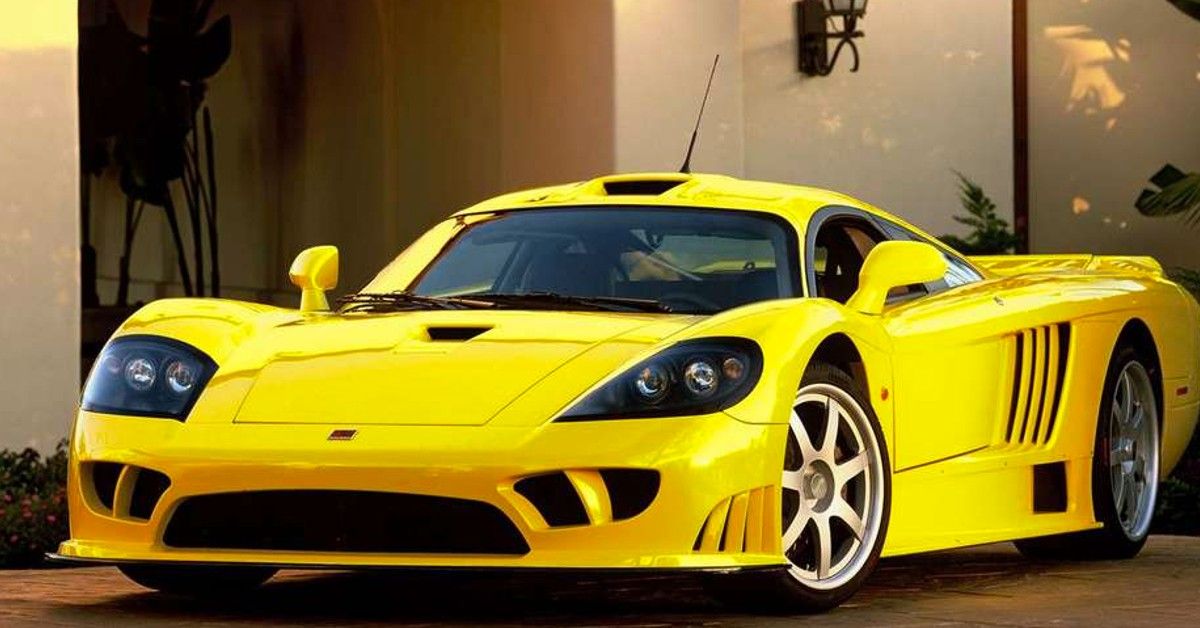
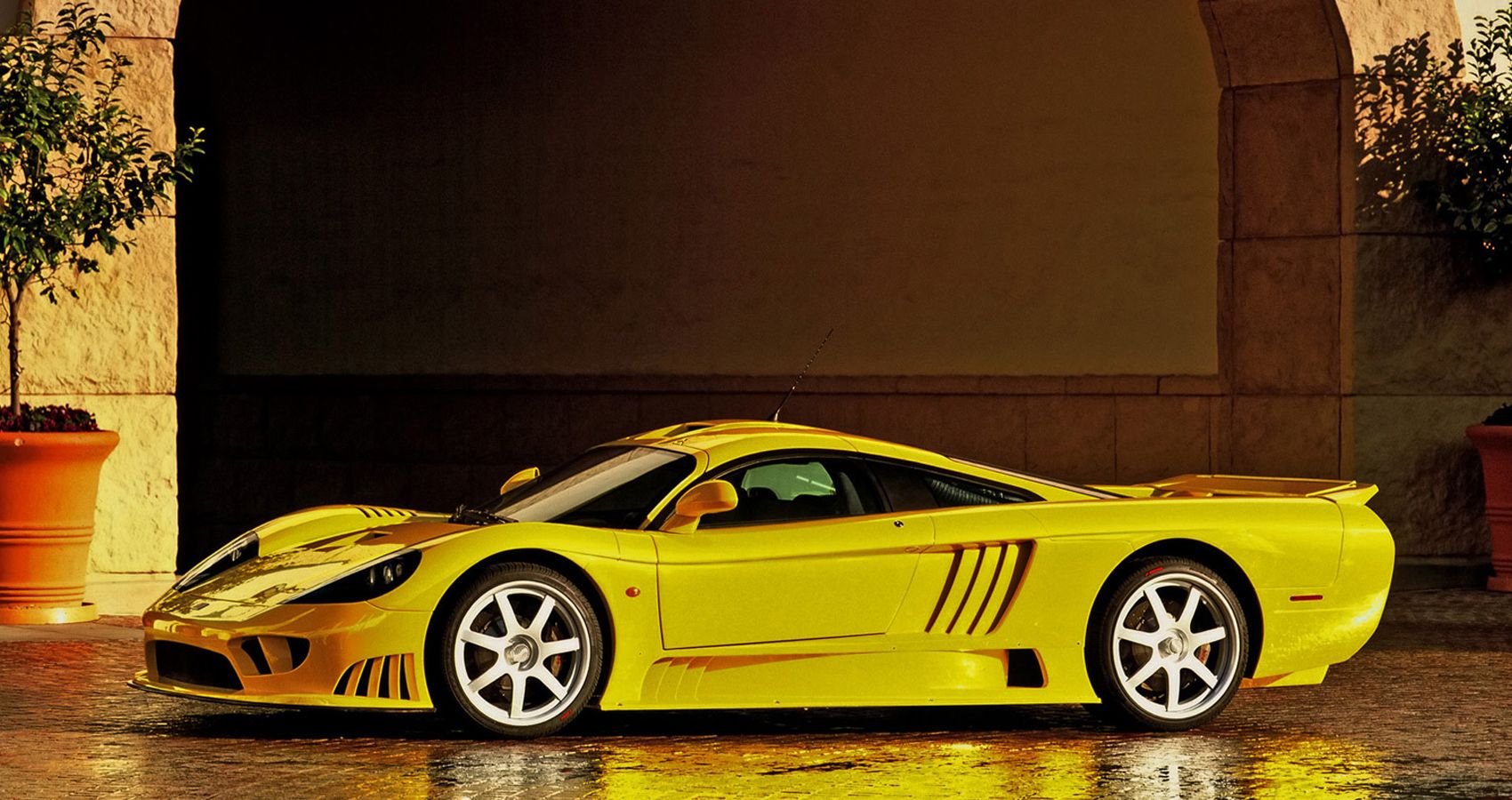
Power came in two forms throughout the lifetime of the S7. Tapping his old buddy Ford, Saleen powered the original S7 using a highly modified version of Ford’s venerable Windsor 351 cubic-inch engine. That engine, bored and stroked out to a full 427 cubic-inches (which translates to 7.0-liters, hence the ‘7’ in S7), and much like the C6 ZO6, had what was essentially a 427 small block power plant, with its block and heads made from aluminum. The result was a serious 550-horsepower at 5,900 RPM and 525 pound-feet of torque at 4,000 RPM with a redline of 6,500 RPM. All that power then funneled through a traditional six-speed manual transmission and then on to the rear wheels.
Then after seeing supercars like The Ferrari Enzo, Porsche Carrera GT and the Maserati MC12 storm onto the scene by the mid-2000s, Saleen decided that in 2005 he was going to up the S7’s game the way only a true tuner and gear head would have - he bolted a set of twin Garrett turbos pumping out 5.5 max psi and literally boosting output to a staggering 750 horsepower at 6,300 RPM and 700 pound-feet of torque at 4,800 RPM, and fittingly dubbed the new model the S7TT.
Supercar Setup
Saleen took note of cars like the Ferrari F50 and Jaguar XJ220 and saw that a mid-engine/rear-wheel drive layout, like the C8 Corvette got on board with recently, allowed for maximum traction without any added all-wheel drive nonsense. Other than the extremely limited Vector W8, of which only 19 examples exist, the S7 was the only mid-engined production car ever produced at that time. That layout did have one drawback, as it made the S7 a big car in terms of sheer dimensions. The S7 was a full 6.5 feet wide and a staggering 15.5 feet long, which for perspective is both wider and longer than a 2022 Audi Q5.
Race Bred DNA
Using a car like the McLaren F1 as a role model yet again, the S7 adopted a similar ideology when it came to the driver’s seat. Whereas the F1 put the driver dead center of the cabin, Saleen decided to shift the driver’s seat closer to the center of the car, but not the passenger seat. The reason being that if the driver had a passenger, they were most likely not racing. If they were racing, they would be alone and need all the balance the car could muster. That plus a 40/60 front/rear weight bias made the powerful S7 surprising predictable to pilot.
Speed And Style
As expected, the S7 was able to perform with the best supercars in the world. In the 2000-2005 NA form, the S7 could run from 0-60 mph in a claimed 3.3-seconds and hit a top speed of 220 mph. And while those numbers are staggeringly impressive, somehow the S7TT managed to make them seem almost mediocre when it streaked from 0-60 mph in just 2.8-seconds and on to a top speed of 248 mph.
Though the S7 was a race car for the street, Saleen didn’t skimp on luxury. Climate control, an interior adorned with leather and aluminum accents, an infotainment center and a very useful reverse camera (remember this was in the early-mid 2000s). Let’s not forget the eye-catching butterfly doors, flat-bottom steering wheel and big white-faced gauges that not only added class, but also a little attitude.
A Relative Bargain
If you were lucky enough to get your hands on an original NA S7, you would have to had cough up a minimum of $375,000, while the later S7TT started at a cool $555,000, though in their original S7TT press release, Saleen does point out that their car had more power and cost $100,000 less than the Enzo and $300,000 less than the Maserati, so from that perspective, the S7TT was a relative bargain for some.
So while Steve Saleen’s legacy will most likely always intertwine with Ford and Mustangs, his greatest creation was his very own. Consulting is a great gig if you can get it, but every once in a while you have to show the world why they should take your advice, and the S7 was all the evidence anyone should ever need to prove that Saleen does know how to make a strikingly fast car.

